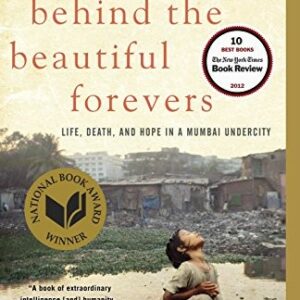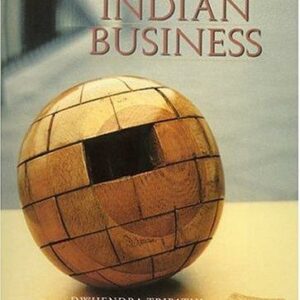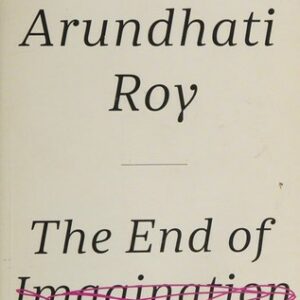Indian People and Society
$115.00
| Title | Range | Discount |
|---|---|---|
| Trade Discount | 5 + | 25% |
- Description
- Additional information
Description
India and the subcontinent stimulated the curiosity of the British who came to India as traders. Each aspect of life in India – its people, customs, geography, climate, fauna and flora – was documented by British travelers, traders, administrators, soldiers to make sense to the European mind. As they ‘discovered’ India and occupied it, they also attempted to ‘civilise’ the natives.
The present volumes focus on select aspects of the imperial archives: the accounts of “discovery” and exploration – fauna and flora, geography, climate – the people of the subcontinent, English domesticity and social life in the subcontinent, the wars and skirmishes – including the “Mutiny” of 1857-58 – and the “civilisational mission”.
Volume 2 Indian People and Society includes English studies of Indian languages, people and communities, and the social order.
The landscape provided, understandably, endless prospects of the survey and the map. But the British were also keen on documenting the people. In the studies generated for 400 years, the British documented castes, religions, education, economies, professions, cultural practices, states of health and sickness, and other domains. With projects like the Census and the People of India, the land’s inhabitants were classified and, eventually, also typecast and contributed to the colonial discourse about the native/colonised.
Pramod K. Nayar teaches at the Department of English, University of Hyderabad, India.
Prefatory Note General Introduction: Archive and Empire Introduction Acknowledgements 1. Thomas Roe. The Embassy of Sir Thomas Roe to India, 1615–19, as Narrated in his Journal and Correspondence, edited by William Foster. London: Oxford University Press, Humphrey Milford, 1926.
2. John Fryer. [On fakirs] A New Account of East-India and Persia. London: R.I. Chiswell, 1698.
3. Henry Colebrooke. ‘On the Sanscrit and Prakrit Languages’. Asiatic Researches 7 (1803).
4. John Borthwick Gilchrist. ‘Preface’. The Strangers’ East Indian Guide to the Hindoostanee; or Grand Popular Language of India. London: W. Bulmer, 1808.
5. Fanny Parkes. [Account of a suttee] Wanderings of a Pilgrim in Search of the Picturesque during Four-and-Twenty Years in the East. London: Pelham Richardson, 1850. 2 vols.
6. John William Kaye. [Female Infanticide] Administration of the East India Company. London: R. Bentley, 1853.
7. Talboys Wheeler. The history of the imperial assemblage at Delhi, held on the 1st January, 1877, to celebrate the assumption of the title of Empress of India by Her Majesty the Queen. Including historical sketches of India and her princes past and present. London: Longmans, Green, Reader, and Dyer, 1877.
8. W.H. Sleeman. ‘Thugs and Poisoners’. Rambles and Recollections of an Indian Official. Westminster: A. Constable and Co., 1893.
9. W.H.R. Rivers. ‘Introduction’. The Todas. London: Macmillan, 1906.
10. H.H. Risley and E.A. Gait. ‘Introduction’. The Census of India, 1901. Calcutta: Office of Superintendent of Government Printing, 1903.
11. Herbert Risley. ‘Social Types’. The People of India. Calcutta: Thacker, Spink & Co., 1908.
About the Editor
Additional information
| Weight | 1 oz |
|---|---|
| Dimensions | 25 × 135 × 216 in |




